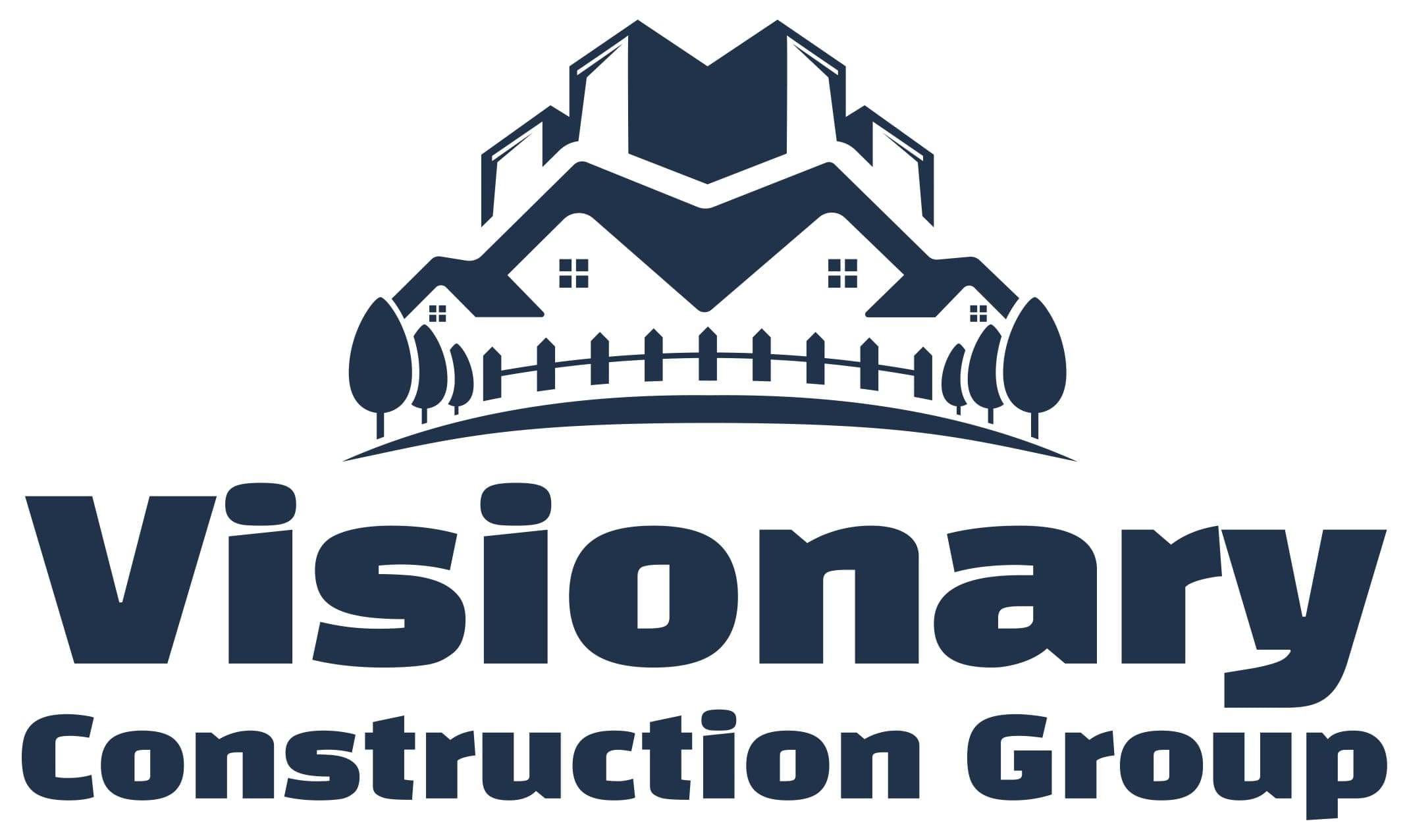In today’s fast-paced world, the kitchen has evolved from a simple cooking space to the heart of the home—a place where technology and design combine to create an efficient, stylish, and smart environment. Modern living demands convenience, sustainability, and connectivity, and smart kitchens are at the forefront of this revolution. But what exactly makes a kitchen “smart,” and how can you design one that meets contemporary needs? In this article, we’ll dive into smart kitchen designs that blend technology with aesthetics, offering practical insights for creating a functional kitchen that is a pleasure to use.
The Evolution of Kitchen Design
Traditional to Modern Kitchens
Kitchens have come a long way from being purely functional spaces hidden away in the back of the house. In the past, kitchens were all about practicality, with little attention paid to aesthetics. However, as the role of the kitchen expanded to become the home’s social hub, design elements started playing a crucial role. The shift from traditional to modern kitchens brought about sleek lines, open spaces, and a focus on form and function.
The Impact of Technology on Kitchen Design
With the advent of technology, kitchens have undergone a significant transformation. Incorporating smart devices, energy-efficient appliances, and innovative storage solutions has changed how we interact with our kitchens. Today’s intelligent kitchens are designed to make cooking easier and integrate seamlessly with the rest of the home’s innovative ecosystem.
Key Elements of a Smart Kitchen
Smart Appliances
Smart appliances are the backbone of any intelligent kitchen. These devices are designed to simplify life by automating tasks, offering remote control via smartphone apps, and providing insights into energy usage. Imagine preheating your oven on your way home from work or having your refrigerator alert you when running low on groceries. Smart ovens, refrigerators, dishwashers, and even coffee makers are just a few examples of how technology revolutionizes kitchen appliances.
Intelligent Lighting
Lighting plays a pivotal role in the ambiance and functionality of a kitchen. Smart lighting systems allow you to control your lights’ brightness, color, and timing with a button or voice command. You can set the mood for a dinner party, create bright task lighting for meal prep, or dim the lights for a cozy evening without leaving your seat. Some systems even adapt to your daily routines, adjusting lighting based on the time of day.
Smart Storage Solutions
In a contemporary kitchen, storage is about more than just space—it’s about smart space. Technology has enhanced pull-out shelves, rotating cabinets, and deep drawers that efficiently use every inch of space. Smart storage solutions include cabinets that open with a simple touch, pantries that notify you when items are running low, and even refrigerated drawers that keep your ingredients fresh and organized.
Design Principles for a Contemporary Smart Kitchen
Minimalistic Aesthetics
An intelligent kitchen isn’t just about tech—it’s also about style. Minimalist design, clean lines, neutral colors, and uncluttered spaces characterize contemporary kitchens. This approach creates a calming, organized environment that focuses on cooking and entertaining. The sleek design is visually appealing and complements the high-tech elements, making them feel like a natural part of the space.
Ergonomic Layouts
Efficiency in a smart kitchen goes beyond the appliances—it starts with the layout. Ergonomic kitchen design ensures everything is within reach, reducing strain and making cooking a more enjoyable experience. The classic “kitchen triangle” (connecting the stove, sink, and refrigerator) is still relevant, but now it’s enhanced with smart planning to ensure that your most-used items are easily accessible.
Sustainable Materials
As sustainability becomes a priority in modern living, it’s no surprise that eco-friendly materials are a big part of contemporary kitchen design. From recycled countertops to cabinets made from sustainably sourced wood, incorporating green materials into your kitchen design helps the environment and adds a timeless appeal to your space.
Integrating Technology in Kitchen Design
IoT in the Kitchen
The Internet of Things (IoT) has brought a new level of connectivity to kitchens. IoT-enabled devices can communicate with each other, creating a seamless cooking experience. Your smart fridge can send recipes to your oven, while your coffee maker can sync with your alarm clock to brew your morning cup as soon as you wake up. This level of integration makes your kitchen truly smart, simplifying daily routines and saving time.
Voice-Controlled Devices
Voice control is becoming increasingly popular in smart kitchens. With simple voice commands, devices like Amazon Alexa, Google Assistant, and Apple’s Siri can control everything from your lights to your appliances. Imagine asking your virtual assistant to preheat the oven, start the dishwasher, or even read out a recipe while you cook. It’s hands-free convenience at its best, allowing you to multitask like never before.
Smart Home Ecosystem Compatibility
A genius kitchen doesn’t operate in isolation—it’s part of a larger smart home ecosystem. Ensuring that your kitchen devices are compatible with other smart systems in your home is crucial for seamless integration. Everything should work together harmoniously, whether adjusting the thermostat, monitoring security cameras, or controlling your kitchen appliances.
Practical Tips for Designing a Smart Kitchen
Plan for Future Upgrades
Technology constantly evolves, so designing your kitchen with the future in mind is essential. Choose appliances and systems that are upgradeable or that can easily integrate with new technologies. This ensures your kitchen remains cutting-edge for years without needing a complete overhaul.
Budgeting for Smart Features
Smart kitchens can be an investment, but careful planning can help you stay within budget. Prioritize the features that will most impact your daily life, and consider which upgrades can be added later. For example, start with essential smart appliances and add more advanced features, like smart lighting or voice control, as your budget allows.
Choosing the Right Smart Gadgets
With so many smart gadgets on the market, choosing the right ones for your kitchen can be overwhelming. Focus on devices that offer practical benefits and are easy to use. Review reviews, ask for recommendations, and consider how each gadget fits your kitchen design and lifestyle.
Common Challenges in Smart Kitchen Design
Connectivity Issues
A common challenge in smart kitchens is ensuring that all devices remain connected. Wi-Fi dead zones, interference from other devices, or outdated routers can disrupt the seamless operation of your smart kitchen. Investing in a robust and reliable home network is crucial to avoid these issues and keep your kitchen running smoothly.
Overcomplicating the Design
While adding every smart feature available is tempting, overcomplicating your kitchen design can lead to frustration. Too many devices or overly complex systems can make your kitchen harder to use. Focus on simplicity and choose smart solutions that enhance your cooking experience without adding unnecessary complexity.
The Future of Smart Kitchens
AI Integration in Kitchens
Artificial intelligence (AI) is poised to take smart kitchens to the next level. Future kitchens may feature AI that learns your cooking habits, suggests recipes, and adjusts appliances automatically based on your preparation. Imagine a kitchen that knows precisely how you like your meals cooked and adapts to your preferences with minimal input.
Sustainability Trends
As environmental concerns grow, the future of smart kitchens will likely include even more sustainable features. Energy-efficient appliances, smart waste management systems, and water-saving technologies will become standard, making it easier to reduce your kitchen’s environmental footprint.
Conclusion
Designing a smart kitchen for contemporary living involves more than just adding the latest gadgets—it’s about creating a space that is efficient, stylish, and in harmony with your lifestyle. By focusing on critical elements like smart appliances, intelligent lighting, and ergonomic layouts, you can create a kitchen that meets your needs today and adapts to future trends. As technology continues to evolve, the possibilities for smart kitchens are endless, making them an exciting area of home design that combines innovation with practicality.
FAQs
What is a smart kitchen?
A smart kitchen integrates technology and connectivity into kitchen appliances and systems, allowing for automated tasks, remote control, and enhanced convenience.
How much does it cost to design a smart kitchen?
The cost of designing a smart kitchen can vary widely depending on your chosen features and appliances. It can range from a few thousand dollars for essential smart upgrades to over $50,000 for a fully integrated smart kitchen.
Can a smart kitchen help save energy?
A smart kitchen can help save energy by using energy-efficient appliances and systems that monitor and optimize energy usage. Smart lighting, thermostats, and appliances can all contribute to lower energy consumption.






